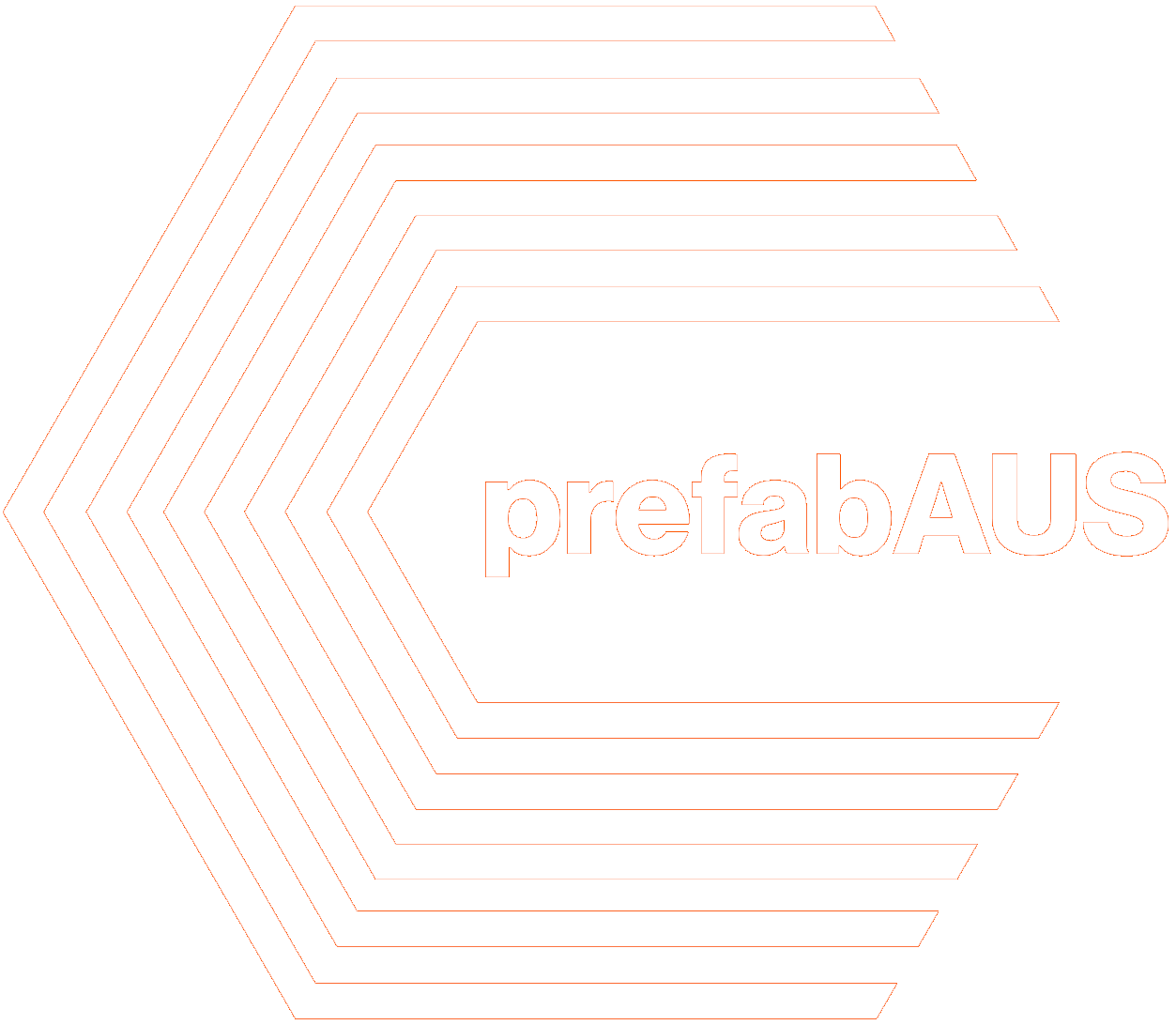Modular Excellence: How Prefabricated Construction Delivered Quality Student Accommodation at University of Melbourne's Dookie Campus
University of Melbourne, Dookie Campus. Photographer: Gavin Green
The University of Melbourne's new student accommodation at its historic Dookie Campus demonstrates how prefabricated construction can deliver both architectural excellence and practical efficiency. Completed in 2024, the 85-bedroom facility showcases the potential of modular building methods to meet tight deadlines whilst maintaining high design standards.
Located on Yorta Yorta Country, 30 minutes outside Shepparton, the Dookie Campus has served as Victoria's oldest agricultural college since 1886. The 2,440-hectare property includes broadacre farming, a robotic dairy, an orchard, a winery and a natural bush reserve. When the university identified the need for improved student accommodation, they faced a challenge that would ultimately showcase the benefits of modern prefabricated
construction.
Strategic Timing and Procurement
The decision to pursue prefabricated construction wasn't merely an aesthetic choice—it was driven by practical necessity. Jimmy Walker from Jackson Clements Burrows Architects explains the project's origins: "For Melbourne University to secure the government funding, they had to be able to deliver the project within a certain timeframe... the main reason it was a prefab project was that they just couldn't achieve the construction timelines with traditional procurement. In fact, there was probably zero chance."
This early commitment to modular construction shaped the entire project approach. Walker notes the compressed timeline meant "tendering at schematic design and getting Modscape on board. It was about making sure that work happened sooner, and we needed to allow Modscape to be in the driving seat for the remainder of the design process."
University of Melbourne, Dookie Campus. Photographer: Gavin Green
Collaborative Design Process
The project demonstrates how successful prefabricated construction relies on early collaboration between architects and manufacturers. Walker describes how the initial architectural concept established "floor layouts, number of apartments, the quantum of communal space that would be required, circulation, and site utilisation."
From this foundation, refinement occurred with Modscape actively involved. Walker cites specific examples of this collaboration: "Originally we had a skillion roof, and that was making the high point of the skillion too high to transport. So we worked with Modscape to turn it into a hip roof so the high point was in the middle of the floor plate."
Jan Gryn from Modscape emphasises how collaboration with architects enhanced the project: "Collaboration with architects is fundamental to all our projects, whether internal or external. Architects bring a vital design perspective that integrates functionality, aesthetics, and site context. For the Dookie project, working closely with JCB Architects ensured that the modular design met both the University's practical requirements and the campus's broader architectural character."
Digital Manufacturing and Quality Control
CommBank's decision to become prefabAUS's first banking member signals a new level of institutional support for the sector. This partnership emerges directly from commitments made at the Treasurer's Investor Roundtable, where banks and other investors pledged to address barriers to financing modern methods of construction.
The timing aligns perfectly with prefabAUS's ambitious roadmap targets, which aim to grow the sector from 15% of total construction in 2025 to 30% by 2033.
"With support from CommBank, prefabAUS will tackle some of the challenges facing our members and their clients," says Crough. "We are excited to unlock the potential of offsite construction to address one of the nation's most critical challenges—providing access to high-quality housing at pace."
University of Melbourne, Dookie Campus. Photographer: Gavin Green
Measurable Benefits
The prefabricated approach delivered significant advantages in efficiency and sustainability. Gryn reports achieving "around 75% reduction in material waste compared to traditional construction methods. The modular build process also accelerated the project timeline, delivering the accommodation approximately 50% faster than conventional on-site construction."
Quality control was maintained through "multiple checkpoints ensuring each module meets exacting standards before delivery." The manufacturing environment enabled precision that would be difficult to achieve on-site, particularly given the remote location.
Architectural Quality
Michael Baumann, Executive General Manager Home Buying at CommBank, acknowledges the historical challenges: "While prefabricated homes are a great housing option for many Australians, they have been historically challenging to finance, with customers needing to cover much of the upfront costs."
The bank's solution directly tackles this barrier. "We want to alleviate some of the financial barriers associated with prefabricated properties. We believe these upcoming changes will help to achieve just that, giving more Australians the chance to look at this way of building a home, which could, in turn, help deliver more supply to market faster."
University of Melbourne, Dookie Campus. Photographer: Gavin Green
Industry Impact
Walker acknowledges both opportunities and challenges in prefabricated construction, noting, "prefab construction is the only way we're going to probably shift the needle on construction productivity." His perspective on industry evolution is one of curiosity rather than concern: "I think you would, as an architect, do yourself a bit of a disservice if we were afraid, pessimistic, or nervous about these sorts of opportunities."
The Dookie Campus accommodation project demonstrates that when early collaboration, advanced manufacturing technologies, and design excellence converge, prefabricated construction can deliver outstanding results that meet both functional requirements and architectural aspirations.




